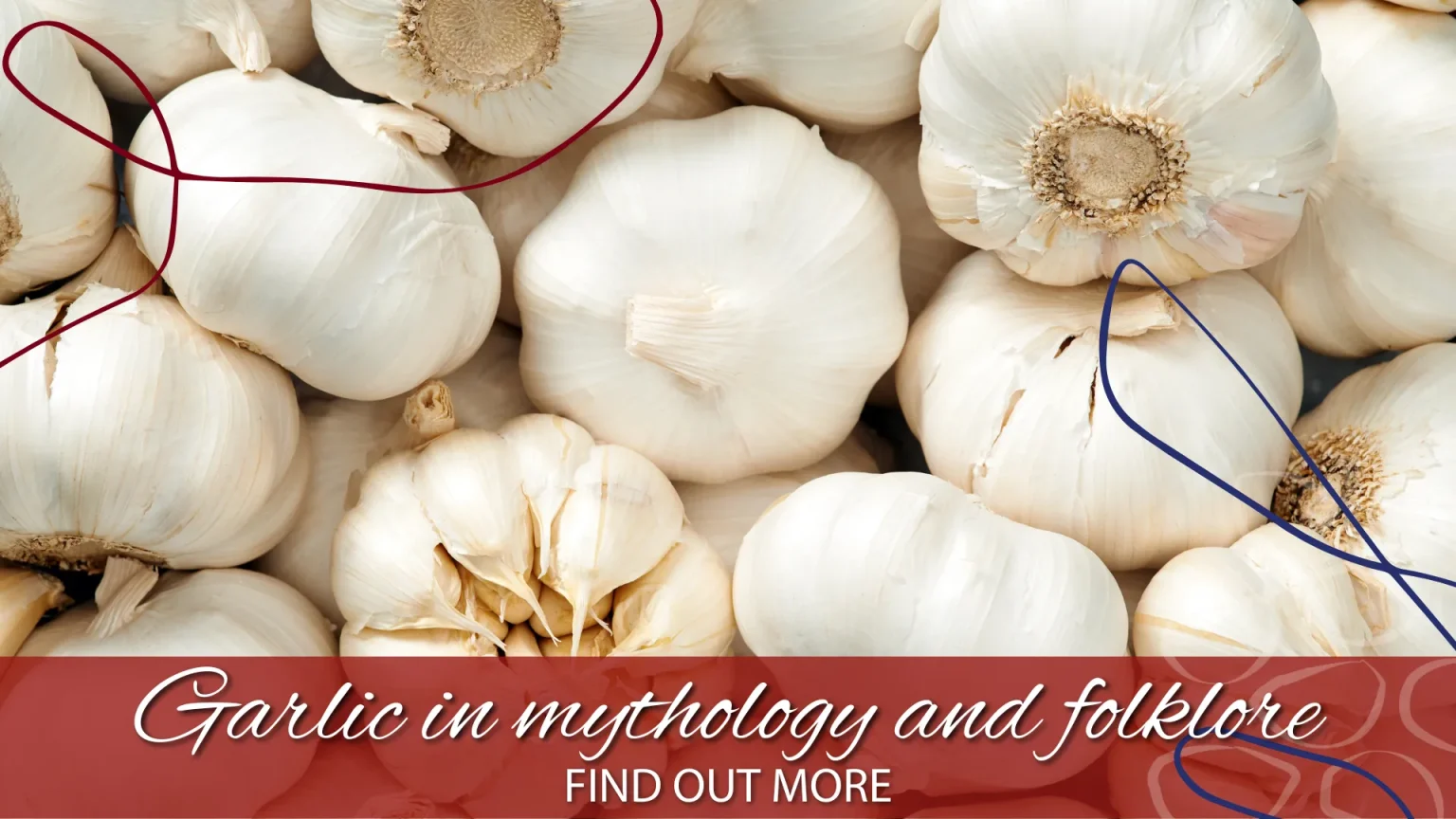
Garlic and Christmas: tradition, symbolism, and flavor in the kitchen
The value of garlic during the Christmas holidays During the Christmas season, the kitchen becomes the heart of the home and every ingredient takes on

Already represented on paintings of some Egyptian pyramids as it was supplied to slaves to keep them in good health, garlic (Allium Sativum) is a plant native to Central Asia. In ancient times its cultivation was limited to only a few countries, such as India, China, Egypt, Iran and Afghanistan, while then, thanks to its excellent adaptive capacities, it has spread all over the world. It is in fact a very cold-resistant vegetable (it can live with temperatures down to -15 degrees) and drought, which does not require special care and which adapts to almost all types of soil. In addition to being used in numerous gastronomic preparations and for medicinal uses (as a mild hypotensive), garlic boasts a rich anecdote that has characterized its history for about 3000 years. The ancient Egyptians considered him a kind of deity connected to the cult of Sokar, a god of the underworld whose followers used to wear long garlands of this vegetable. In fact, some garlic bulbs were found in the tomb of the pharaoh Tutankhamun. Even in ancient Greece it was considered a plant of the afterlife, being dedicated to the goddess Hecate, protector of the dead. The Gallic peoples used to chew a few cloves of garlic before fighting and sports competitions, to increase physical strength and courage. The first uses of the plant as a medicinal remedy against plague and cholera date back to the Middle Ages, pathologies particularly widespread at that time: doctors also covered their faces with rags soaked in garlic juice before visiting the sick. During the Renaissance, however, garlic was excluded from any table due to its bad smell, and only after a few decades was it rehabilitated thanks to the discovery of its effective antiseptic and antibacterial properties.
The name “allium” is linked to an ancient Celtic word “all” which meant “monster slayer” confirming the fact that the vegetable was used to ward off evil spirits, vampires and witches. Considered a precious amulet, garlic has taken on a very important role as a good luck charm, so much so that it is given to those in difficulty. In European folklore this plant has always been part of the remedies against the evil eye, as many people wore a bag of fresh cloves around their neck. Dracula, the most famous vampire of antiquity, could only be dismissed by placing a braid of garlic which, with its unpleasant fumes, could put him to flight. Many peoples had (and in some countries still have) the habit of hanging a garland of garlic on the head of the bed, as a protection against the evil eye and to improve fertility. Even today it is possible to see braids of the vegetable that frame doors or windows, confirming its reputation as a magical vegetable and lucky charm.
At the base of all the mythology about garlic there is undoubtedly an irrefutable truth: this food has health properties due to its composition. In fact, a considerable percentage of allicin is concentrated in the cloves, a malodorous compound, but extremely beneficial for health. Already in the times of Hippocrates and Dioscorides, the most famous Greek doctors, it was used to prevent certain ailments, such as skin injuries, digestive difficulties, intestinal infections and heart failure. Its active ingredient allows you to control cholesterol and the concentration of triglycerides, significantly improving metabolic well-being. On the night of St. John (June 24), a very common custom is to get some bulbs of the vegetable, to be kept throughout the year as an amulet to avoid poverty. Precisely for this reason in some countries garlic is called “St. John’s wort”. Legend has it that Satan, when he was expelled from Eden, left two footprints on the ground: the garlic plant was born from that of the left foot. According to this belief, the vegetable later became an indispensable ingredient for magical filters and potions against the devil.
Beyond myths and legends, garlic is undoubtedly a very useful remedy to improve the well-being of the organism and therefore should be part of the daily diet. Vermifuge, antiseptic, bactericidal, hypotensive, immunostimulating and cardio-protective, it also allows to lower LDL cholesterol and blood sugar levels. According to the most recent guidelines, it could also prevent some neurological diseases. We of the Sabina Agricultural Cooperative, a company born in Irpinia (considered the land of garlic), are specialized in the cultivation, processing and distribution of this precious food. Thanks to the right combination of tradition and innovation, our products meet the high quality standards of organic farming, thus offering the best guarantees and excellent organoleptic requirements. To contact us simply visit our website where you can buy fresh and dehydrated garlic by filling out the appropriate form.

The value of garlic during the Christmas holidays During the Christmas season, the kitchen becomes the heart of the home and every ingredient takes on

In the November 22 episode of the TV program “L’ingrediente perfetto a tu per tu”, aired on LA7 (channel 65 on digital terrestrial), chef Mirko

The garlic from O.P. Sabina was used in the November 22 episode of the culinary program “L’Ingrediente Perfetto – A tu per tu”, broadcast on